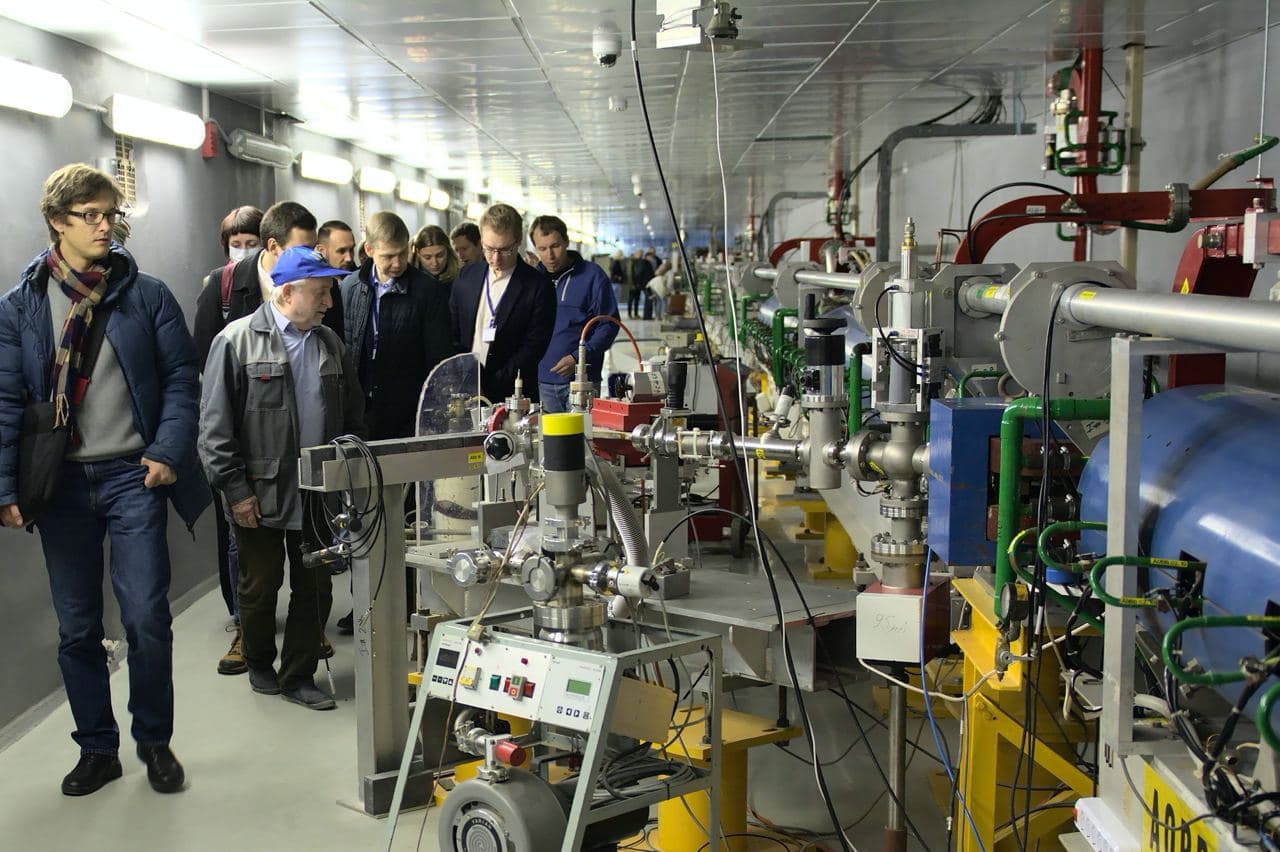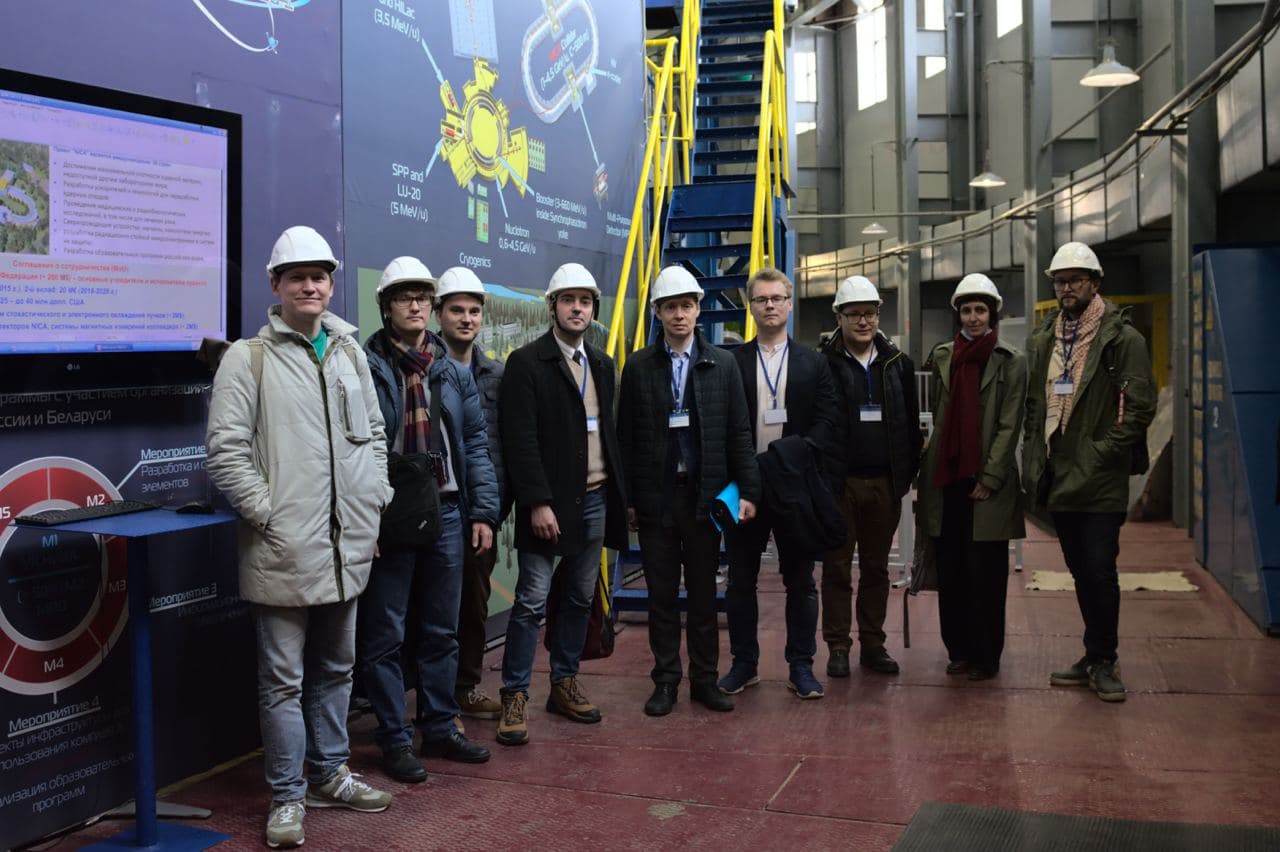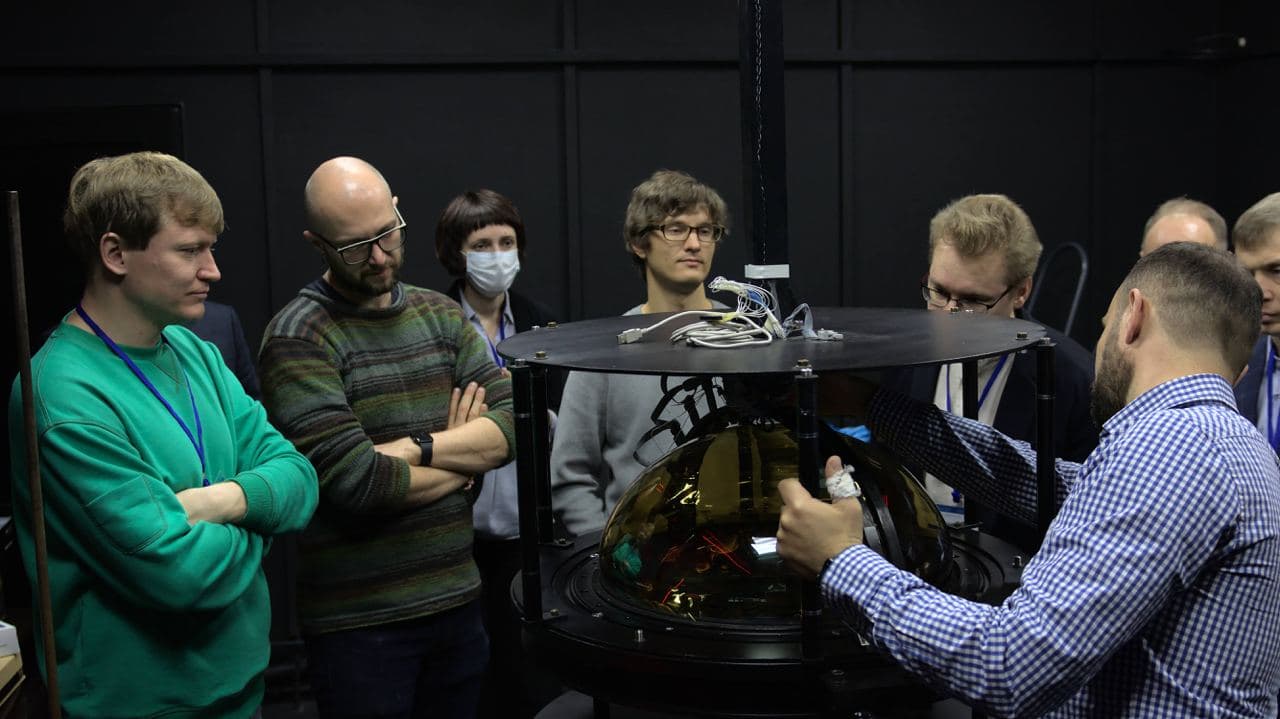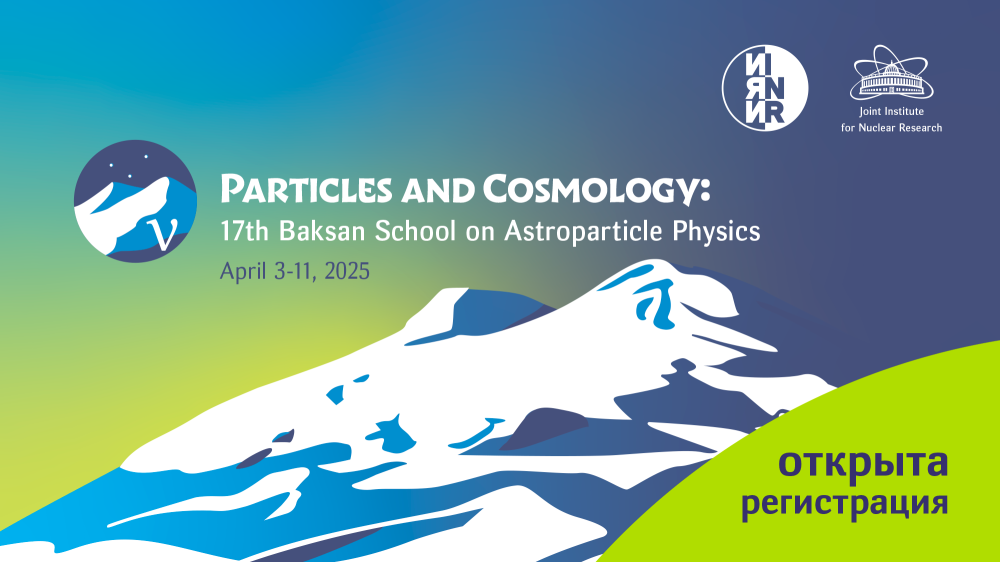ITMO University – JINR: Prospects for Cooperation
The visit of the delegation of scientists from ITMO University headed by the Rector Vladimir Vasilyev has been concluded. Prospects for scientific and educational cooperation between ITMO University and JINR were discussed.

ITMO University (St. Petersburg) is a national research university, the leading Russian institution of higher education in information and photon technologies and one of the leaders of the global and national academic community. ITMO embraces above 12 thousand students from 90 countries of the world and above 4000 staff members: scientists, academics, methodologists. There are 4 megafaculties (Schools) and 15 faculties at the university. The priority directions are IT, photonics, robotics, quantum communication, information security, translational medicine, smart materials, chemistry, biotechnologies, urban studies, Art&Science and Science Communication.
 ITMO team at the NICA accelerator complex. Photo by Anastasia Malyshkina
ITMO team at the NICA accelerator complex. Photo by Anastasia Malyshkina
The idea of possible cooperation arose as far back as this summer when a delegation of just a few scientists from the Dzhelepov Laboratory of Nuclear Problems headed by Dmitry Naumov visited ITMO’s School of Physics and Engineering and learned more about promising research directions of this faculty.
“After the conversation with the Director of ITMO’s School of Physics and Engineering Pavel Belov, it became clear that a productive collaboration may come to life, a kind of symbiosis of different areas. Our strong points are particle physics, nuclear physics, and those of ITMO physicists are photonics and metamaterials. We thought we can try to create something new and nontrivial, something that nobody has ever done. Because our areas usually develop in parallel and never intersect,” says Dmitry Naumov.
During their two-day stay, the scientists from ITMO’s School of Physics and Engineering visited the NICA accelerator complex, the alpha-hall of the Baikal-GVD experiment, the Factory of Superheavy Elements, the DLNP Laboratory of Precision Laser Metrology, the LINAC-200 linear accelerator and the DLNP Laboratory of Photodetector Testing. During these two days, in the afternoon, the ITMO team gave talks about the most promising directions of their studies and shared ideas on how they could be implemented in JINR projects.
 The ITMO team at the LINAC-200. Photo by Anastasia Malyshkina
The ITMO team at the LINAC-200. Photo by Anastasia Malyshkina
 During the tour of the DLNP Laboratory of Photodetector Testing. Photo by Anastasia Malyshkina
During the tour of the DLNP Laboratory of Photodetector Testing. Photo by Anastasia Malyshkina
Pavel Belov, the Director of ITMO’s School of Physics and Engineering, Head of the International Research Centre of Nanophotonics and Metamaterials, talked about the School whose staff has been successfully doing science since 2009. Everything started at a small laboratory which over the next 10 years evolved into a large scientific and educational institution. Above 20 science directions are currently being developed at the School in nanophotonics, quantum optics, optoelectronics, optomechanics, biophotonics, radiophysics, new materials.
The leading engineer of the Faculty of Physics Eduard Danilovsky talked about halide perovskites. The Head of the Laboratory of Hybrid Nanophotonics and Optoelectronics Sergey Makarov – about perovskite nanophotonics and optoelectronics. The senior researcher of the Faculty of Physics Mikhail Rybin – about quasi-crystals and their application to control electromagnetic waves. The senior researcher of the Faculty of Physics Anatoly Pushkarev – about lead halide perovskite filamentary crystals generating laser radiation. Andrey Volotka – about radiationless excitation of nuclei in nuclear transitions and electron captures. The Dean of the Faculty of Nanoelectronics Alexandra Kalashnikova – about femtomagnetism and ultrafast optomagnetic information recording.
Dmitry Karlovets gave a talk about a possible joint project on the physics of “twisted” particles at the LINAC-200.
“There is a proposal to generate beams of “twisted” electrons with an angular momentum at the LINAC-200. This is the field that Dmitry Karlovets deals with at ITMO. Nobody has ever produced such beams with relativistic energies. There is a chance that using the concerted efforts of two teams, we will be able to implement this project. If we are fortunate, it will reach the world scale. It is also very promising for particle physics development in general,” explains Dmitry Naumov.
“Particle physics and nuclear physics are the directions historically absent at ITMO. From this year on, we start developing them. We know the JINR representatives already for a long time, e. g., we cooperated a lot with Dmitry Naumov. That is why a logical idea appeared to get to know the JINR team better, to tell them what we are dealing with and to see what they are dealing with. It lies a bit aside from what ITMO physicists historically focused on, but we were greatly impressed. As a result, we have already agreed on joint studies and experiments, both fundamental and applied. First of all, at the linear accelerator to be launched at JINR the next year,” says Dmitry Karlovets.
Cooperation prospects in the field of education were also discussed: preparation of specialists for JINR and training programmes for graduates and postgraduates.
“I believe that to start implementation of even small-scale joint projects with resources of both parties is really important. I usually mean people when I say “resources”. If in the 2000s, money was the currency, the currency of the 2020s is data. And the currency of the 2030s will be talents. If the participants contribute their resources to such a project now, a large collaboration will surely form around it later,” remarks the JINR Director Grigory Trubnikov.


